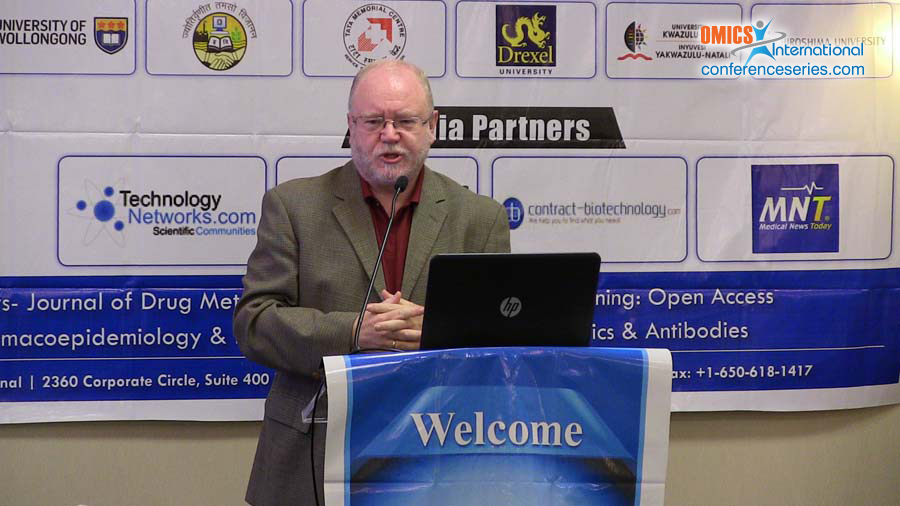
Glenn S Tillotson
TranScrip Partners, USA
Title: The impact of substandard antibiotics, is it beyond the individual?
Biography
Biography: Glenn S Tillotson
Abstract
There is a growing body of evidence that as much as a third of anti-malaria drugs in emerging markets are substandard, in some way such products may cause 100,000 deaths (primarily by not curing the disease) a year, as well as immeasurable suffering. Drug quality in malaria is analyzed far more than other infectious diseases, but even for malaria no estimations of the contribution of poor quality medicines to resistance have been undertaken. Another global infectious disease of major importance is tuberculosis with at least two billion possible incubators for resistant strains. Over 700 treatment packs in Central Africa, of isoniazid or rifampicin were tested using standard physical chemistry methods. Failures occurred in 16.6% of drugs in Africa. In the same location approximately 10% of the 1,500 samples of the broad spectrum antibiotic ciprofloxacin also failed basic content assays - the vast majority of substandard products were sloppily produced with a few being counterfeit. Drugs which have active pharmaceutical ingredient within the margins of 80-125% of innovator activity are considered bioequivalent, but many are not truly therapeutically or biologically equivalent. Antimicrobials are unique among the many drugs available that substandard versions cause harm to the patient and to society in terms of resistance. Lack of equivalence is true across a range of antibiotic agents including vancomycin, the β-lactam; ampicillin, piperacillin, oxacillin and meropenem; gentamicin and ciprofloxacin eye drops. Bioequivalence as measured pharmacologically is not truly representative of antibacterial activity. It is therefore important to use other more biologically appropriate discriminatory assays such as MIC, MBC, kill curve assays, and appropriate animal infection models. In vivo animal model studies with Staphylococcus aureus and vancomycin have shown that some generic versions enriched for resistant subpopulations. The use of copy products (those that had not established bioequivalence) of vancomycin could contribute to resistance and therapeutic failures as even minor MIC increments can have a huge impact on clinical impact especially in the frail or compromised patient. Indeed in the instance of vancomycin it was postulated that a potential therapeutic failure of the generic agent had led to MRSA peritonitis and bacteremia. The key issue is that some antibiotics have marginal activity, as measured by MIC, against some critical pathogens. Thus by using target attainment pharmaco-dynamic approaches it is possible to estimate the likelihood of clinical and bacterial failure by exposing organisms with MICs close to the breakpoint to ≤80% activity of key drug can drive resistant selection and therapeutic failure. In summary, it is clear that a number of generic antibiotic preparations are of a poor standard and this can be deleterious to the patient but as significant is the impact, this formulation may have on the wider bacterial population in terms of resistance selection and dissemination. Tighter measures are needed to avoid the emergence of the untreatable bacterium.


